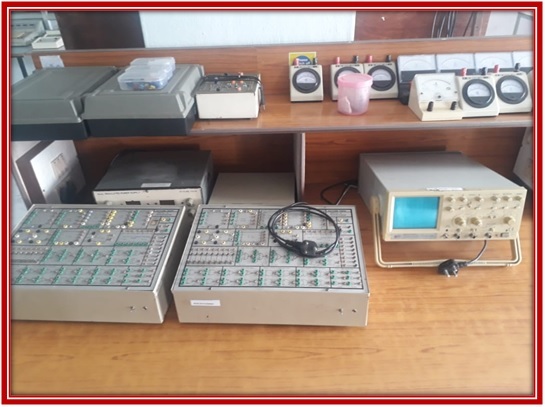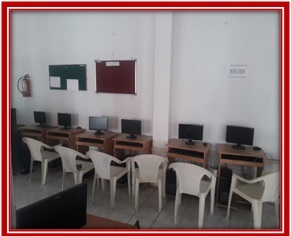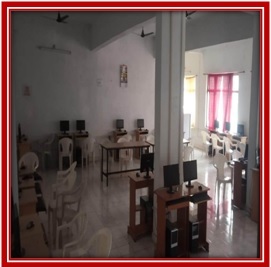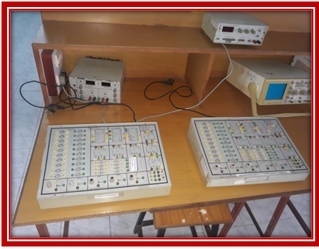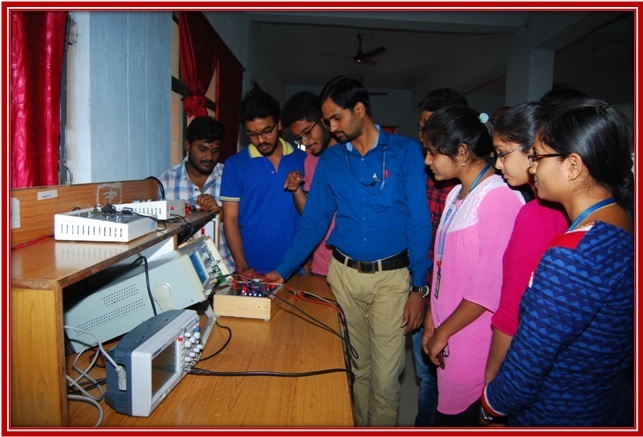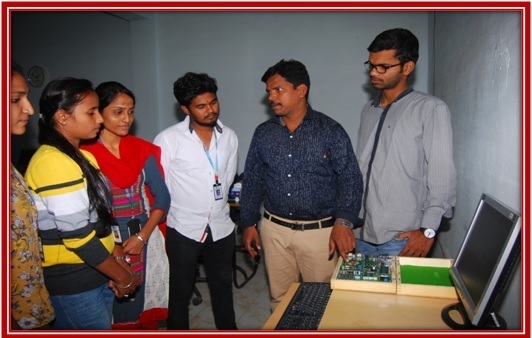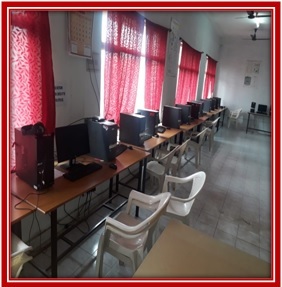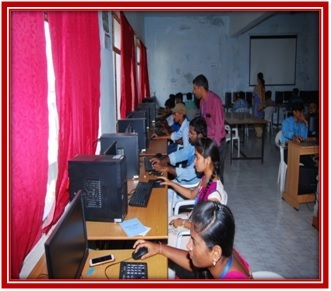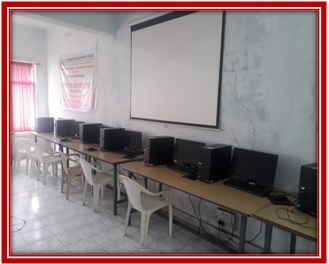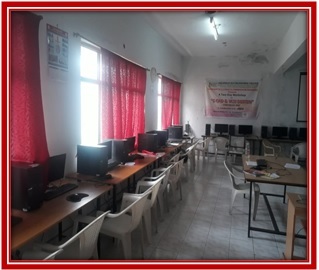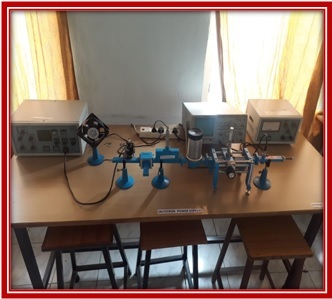In this lab students design, construct and test the working of analog circuits such as transistor amplifiers, operational amplifiers and oscillators, function generator used to design, develop and to test the electronic equipments. Regulated power supply is necessary to provide DC voltage to all electronic circuits.
Digital system design Labs have been designed to familiarize students with the Combinational Digital Logic Design and Sequential Digital Logic Design through the implementation of Digital Logic Circuits using ICs of basic logic gates and some simple digital logic circuits.
In this lab contains all the theoretical background information needed for the simulations as well as the required MATLAB code. Topics include an introduction to vectors and matrices, operations on signals and sequences, and the Fourier transform
The basic objective is to give hands-on experience in the design and implementation of analog and mixed-signal circuits and simulation to the circuit by using esim software.
To understand the basics of linear integrated circuits and available ICs. To understand characteristics of operational amplifier. To apply operational amplifiers in linear and nonlinear applications.
The communications lab presently serves to give the ECE students a laboratory experience in analog communications and digital communications systems. The concepts of all types of modulation & demodulation can be studied. The recent communication techniques can be demonstrated with available equipment. Students conduct experiments in communication lab where they become acquainted with oscilloscopes, signal generators and spectrum analyzers.
The main objective of the Microprocessor and Microcontroller lab facility is to enable the students to gain practical knowledge about various types of microprocessors and microcontrollers and to develop their own programs and implement the same in microprocessors/microcontrollers for various applications in electronic and communication engineering. Various types of arithmetic and logical operations are taught to the students in the laboratory so that it will enable them to understand the concepts about assembly language programming, CPU, memory and I/O design, interfacing of programmable chips and peripherals such as stepper motors, analog-to-digital and digital-to-analog converters, etc.
This lab gives in depth view of how computer networks works in real time, simulation of various topologies are performed using ns3 tool. ns-3 has been developed to provide an open, extensible network simulation platform, for networking research and education. In brief, ns-3 provides models of how packet data networks work and performs, and provides a simulation engine for users to conduct simulation experiments. Some of the reasons to use ns-3 include to perform studies that are more difficult or not possible to perform with real systems, to study system behavior in a highly controlled, reproducible environment, and to learn about how networks work. Users will note that the available model set in ns-3 focuses on modeling how Internet protocols and networks work, but ns-3 is not limited to Internet systems; several users are usingns-3 to model non-Internet-based systems.
The Digital Signal Processing Lab (DSPLAB) provides all the required equipment to implement real-time digital signal processing solutions supporting experimental research, applied research, and industrial projects conducted at the Communication Systems Division







